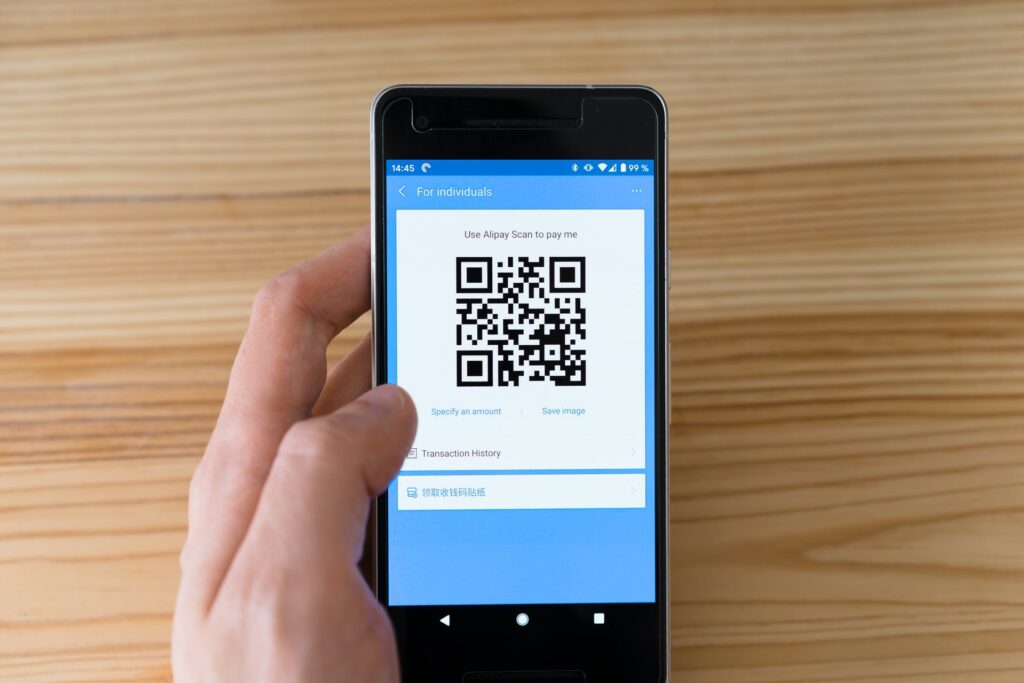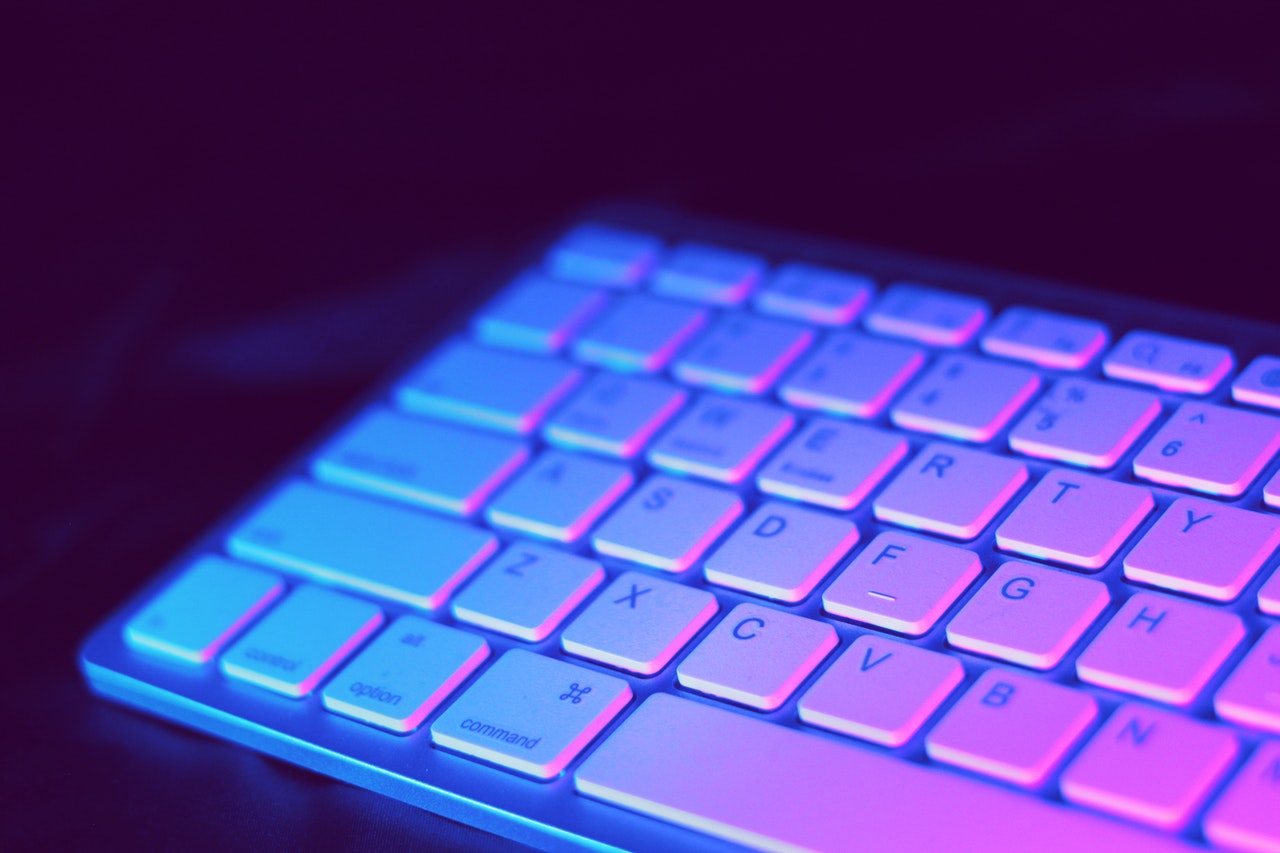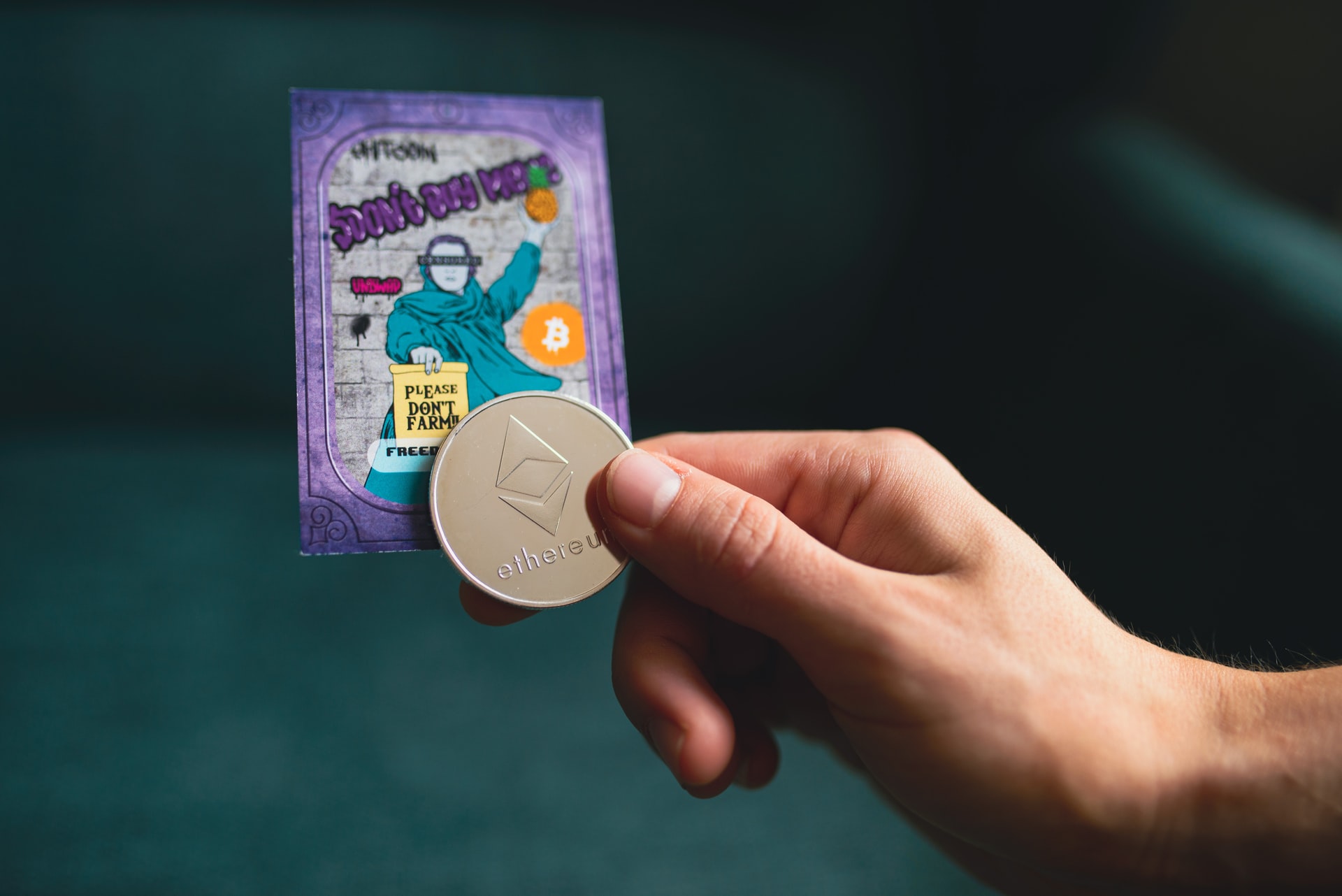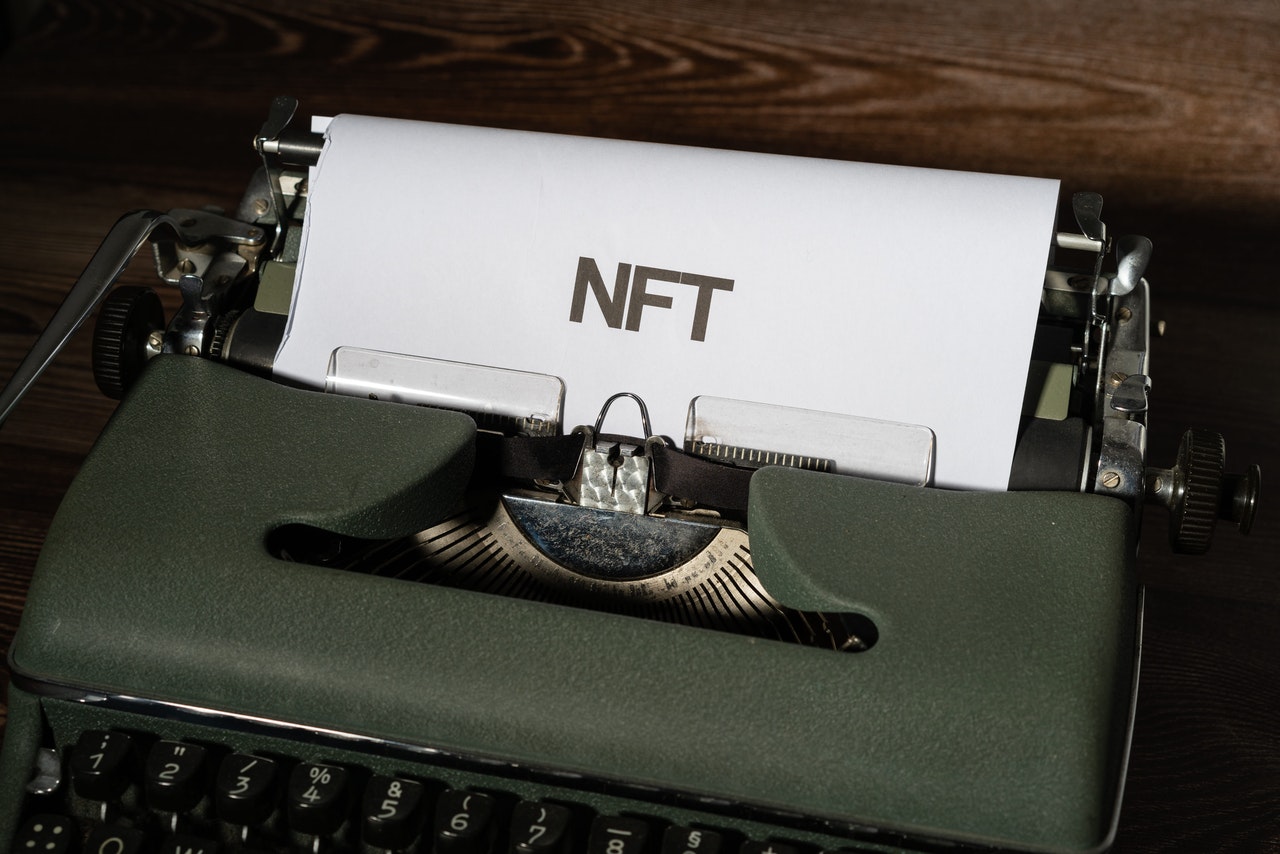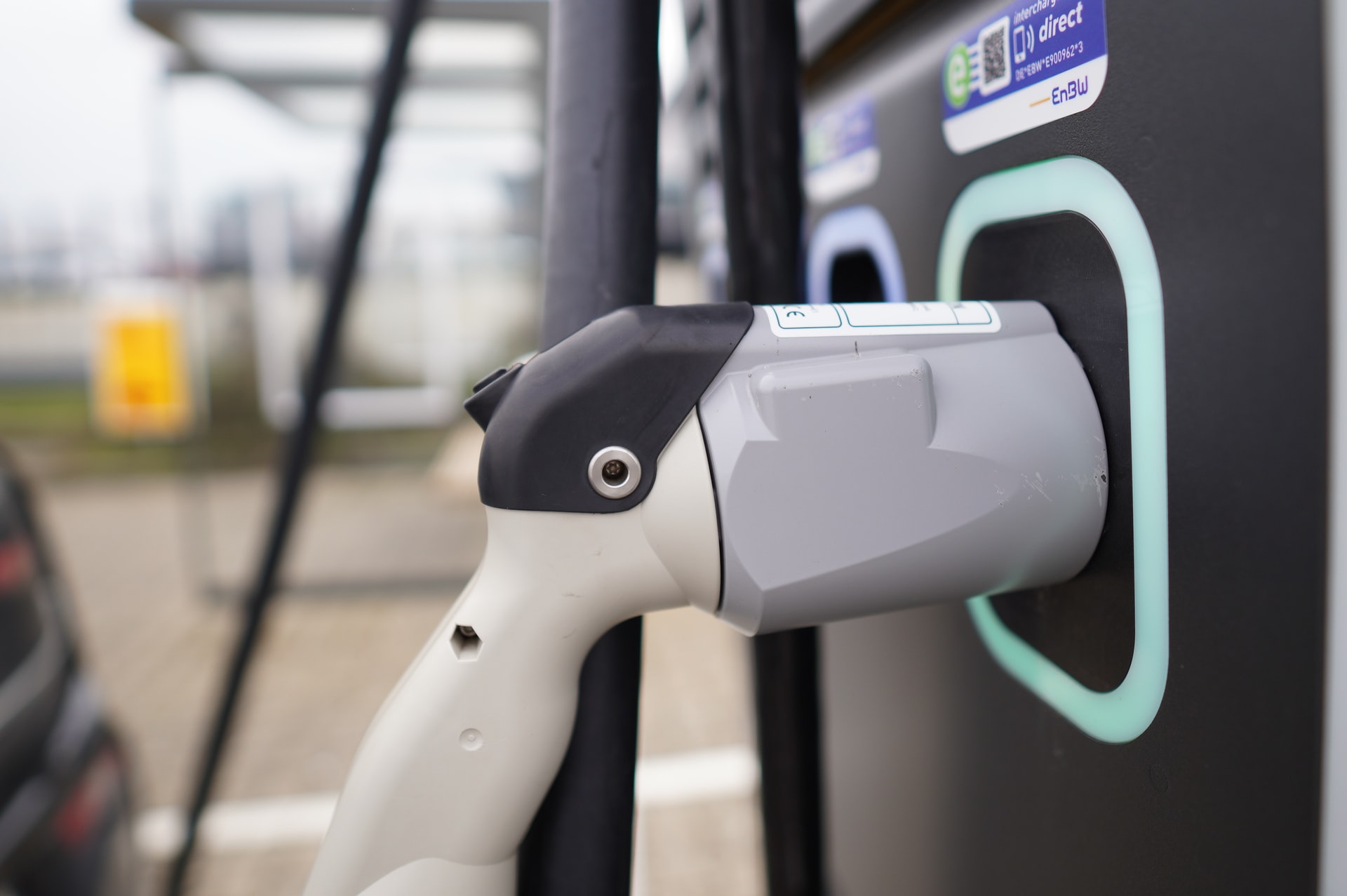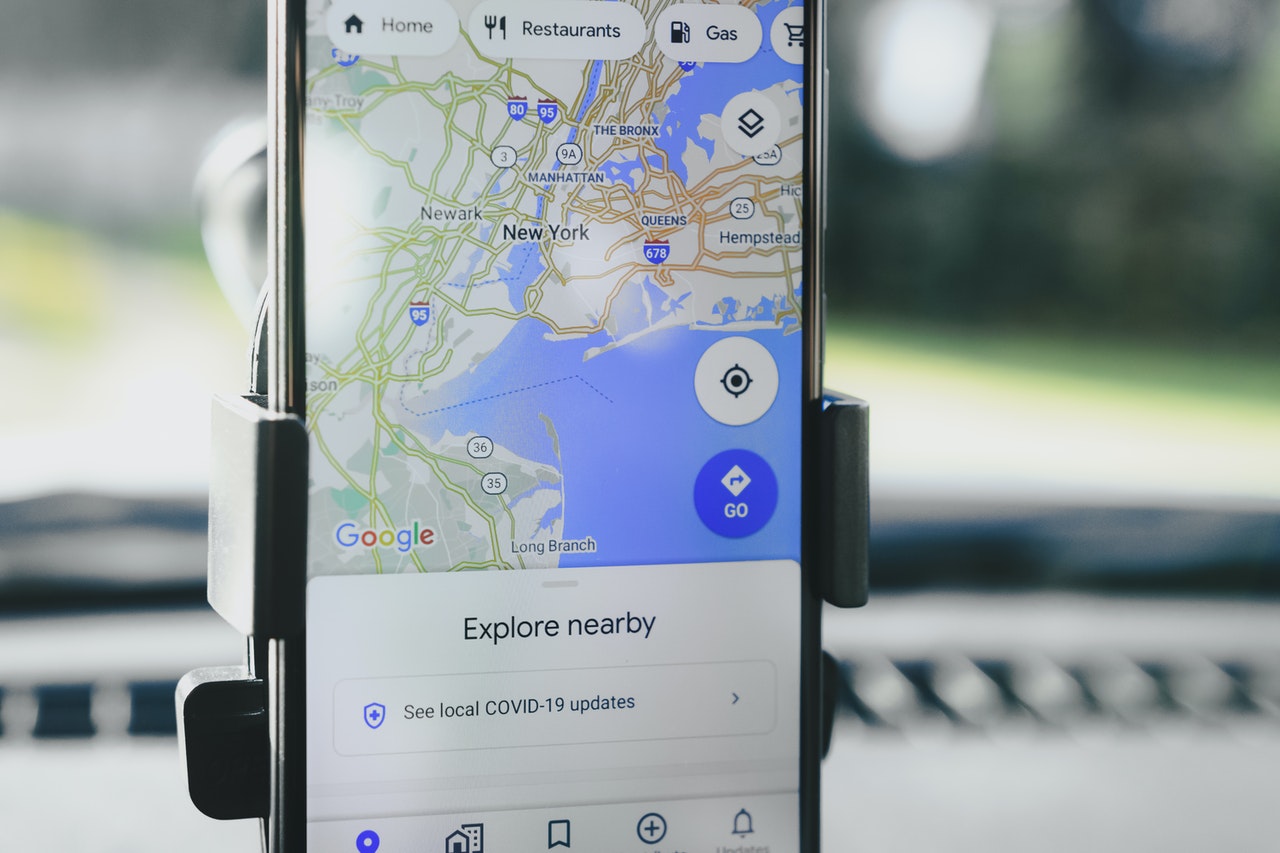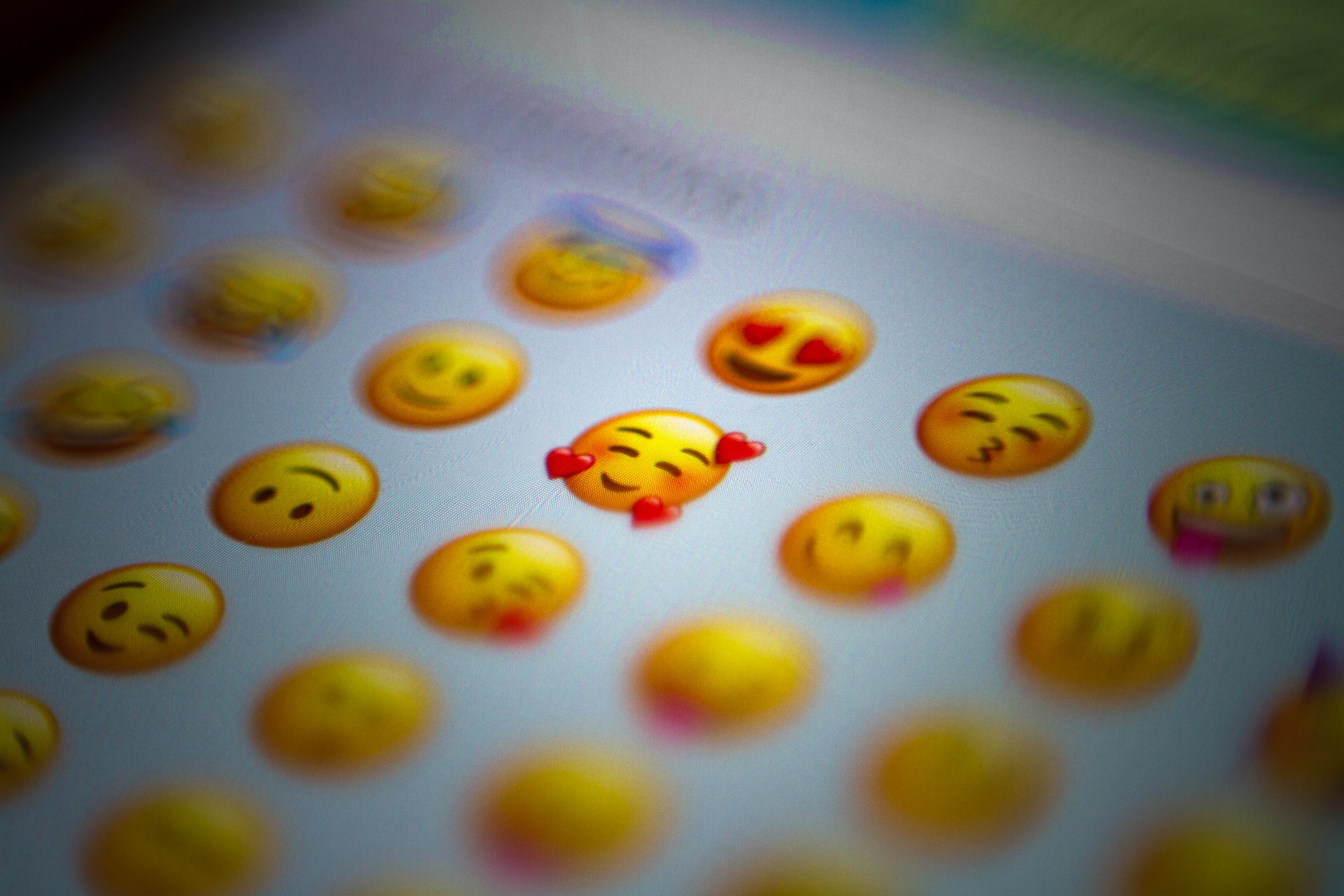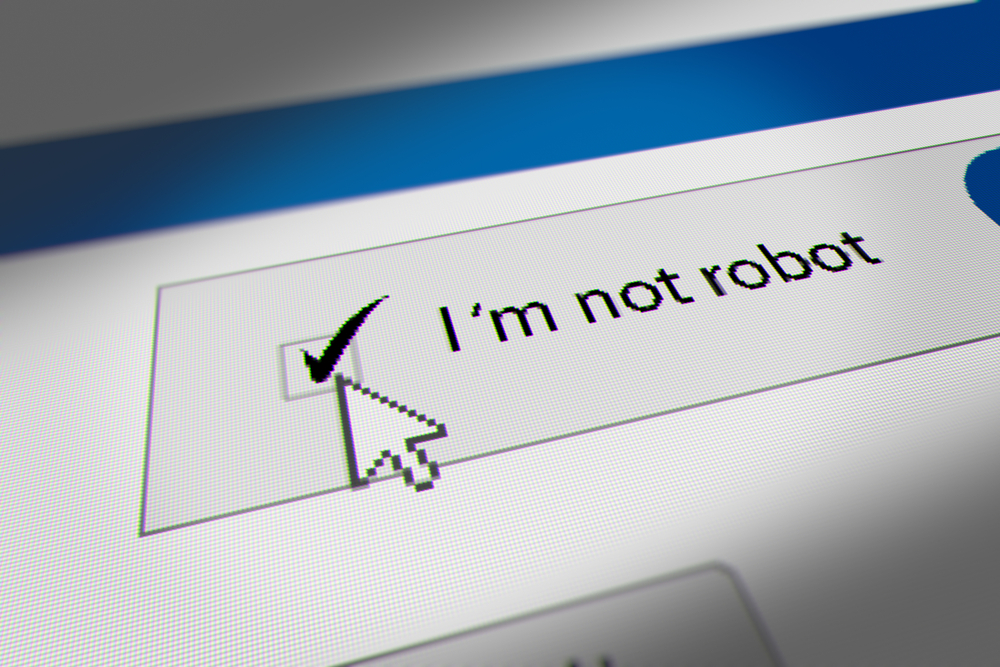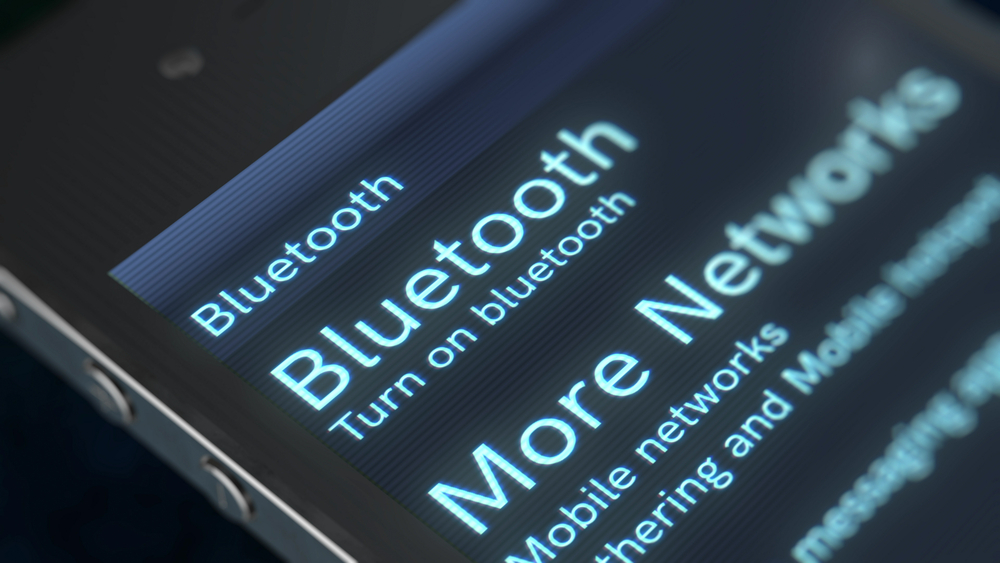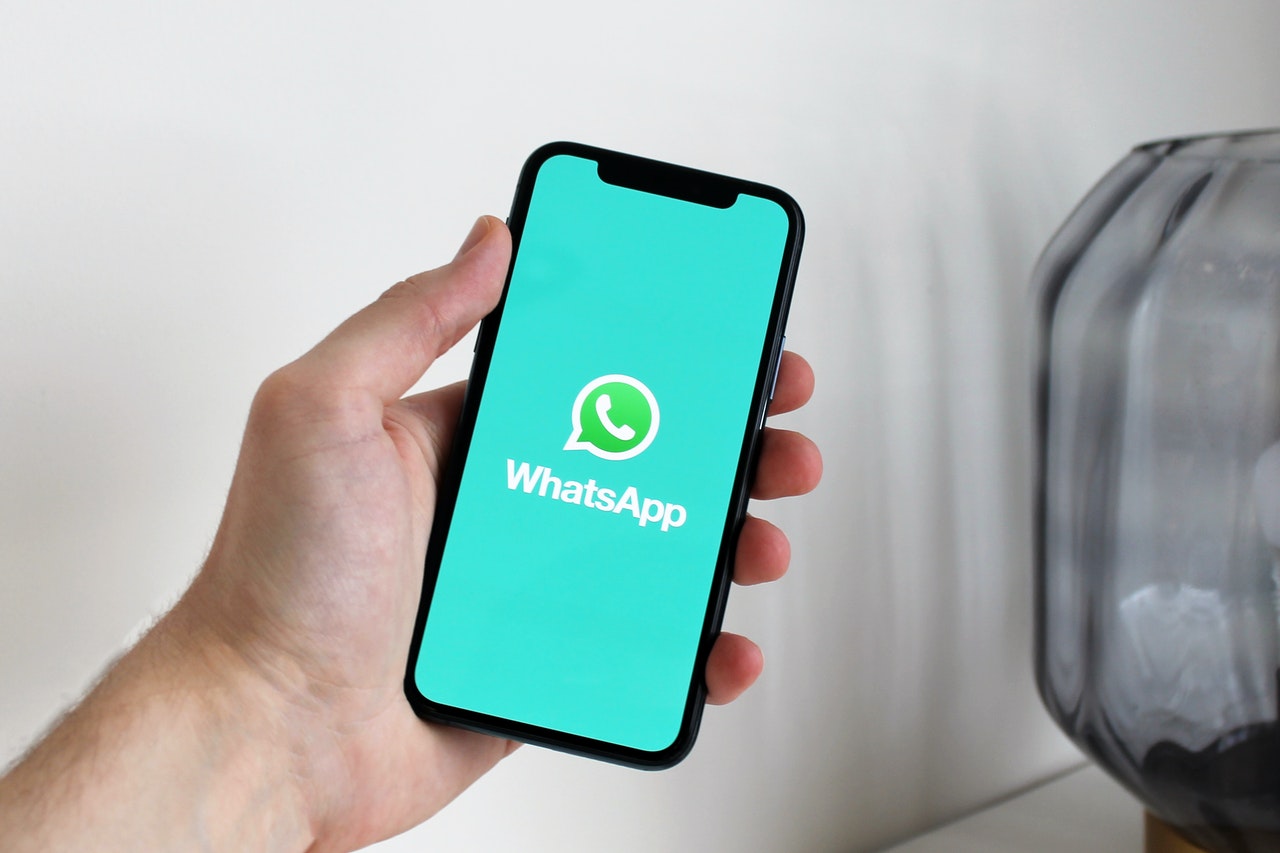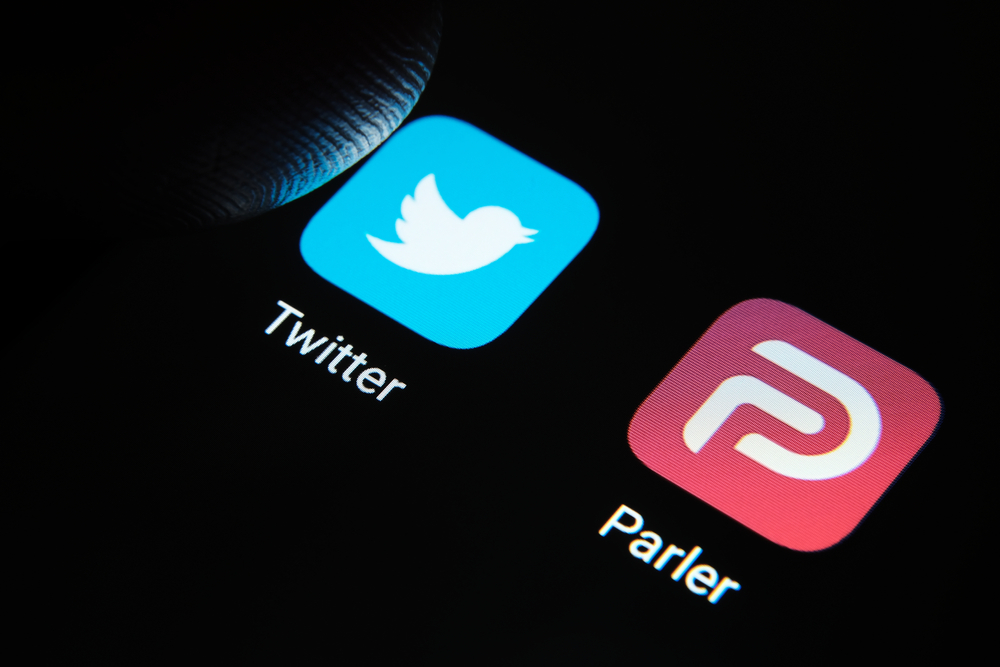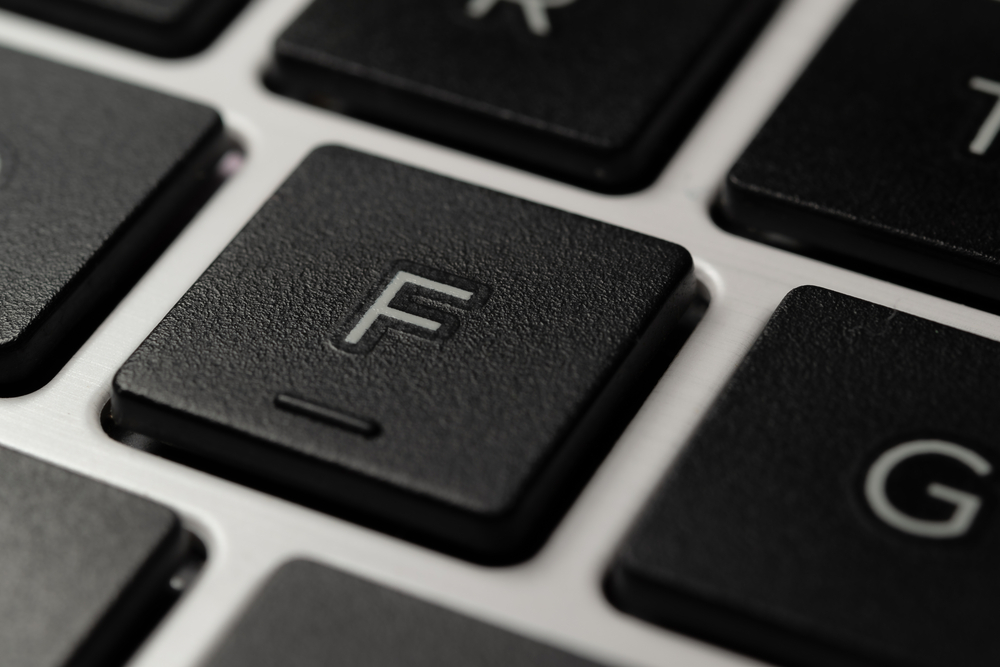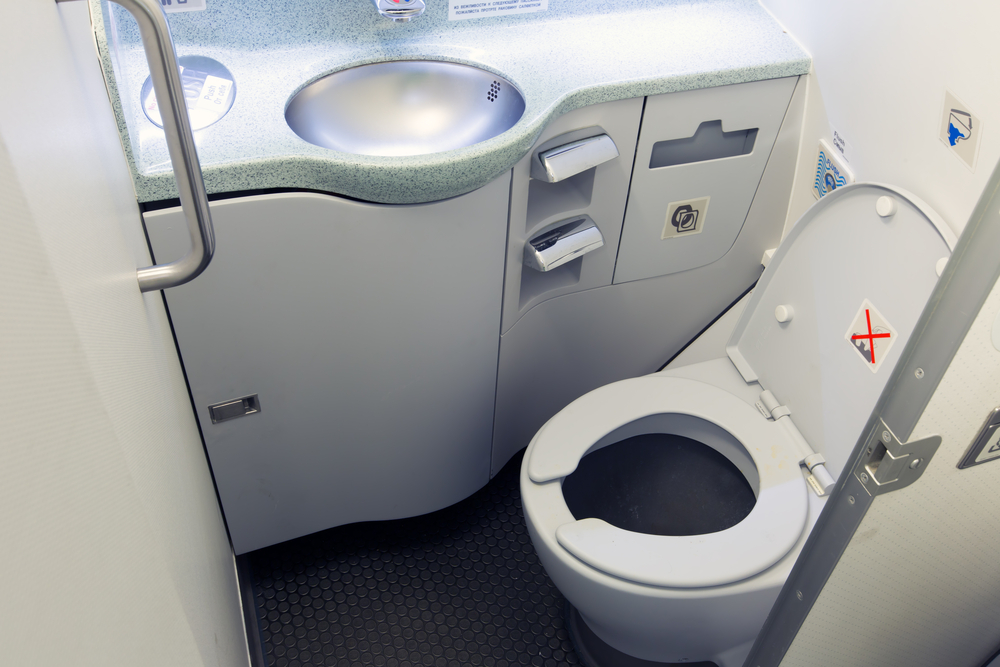Reading Time: 2 minutes
- QR code stands for Quick Response code.
- It was invented by a Japanese automotive company Denso Wave in 1994.
- The idea behind a QR code is to create an image that the user can scan using a Smartphone camera to access a link to a website, video or any other media.
- While the user can also type the website address to visit a site, the aim of the QR code is to simplify the process.
- While it operates on the principles of a bar code, a QR code can store 350 times more data than a bar code.
- The three B/W squares (2 on top and one on bottom left) are known as the Finder Pattern.
- They help the Smartphone camera recognise the QR code and inform it of the orientation of the code.
- That means if the two squares are on top, the camera would know it is reading the QR code at the correct angle.
- So, if a QR code is printed upside down, the “Smart” phone would know it has to adjust its scanner upside down to read the code.
- That’s why the QR code doesn’t have four squares — if all 4 corners were the same, the scanner would not know if the code was the right way up, upside down, or rotated 90 degrees clockwise or anticlockwise.
- Another thing that aids the correct reading of the code is the Alignment Pattern — it helps the scanner read the code even if it is a bit distorted or printed on a curved surface.
- It is smaller than any of the Finding Pattern squares and has a small square (usually one dot) inside it.
- If only one Alignment Pattern is present in a QR code, it is usually towards the bottom right corner.
- The bigger the QR code, the more the number of Alignment Pattern squares.
- A QR code is a matrix with an equal number of rows and columns, but it can’t just have any number.
- The number depends upon the Version Number of the QR code.
- Versions range from 1 to 40; Version 1 has 21 rows and columns, Version 2 has 25, and Version 40 has 177 rows and 177 columns.
Also Read:
Why is Bluetooth called Bluetooth?
Image courtesy of Markus Winkler through Unsplash
Reference shelf :

